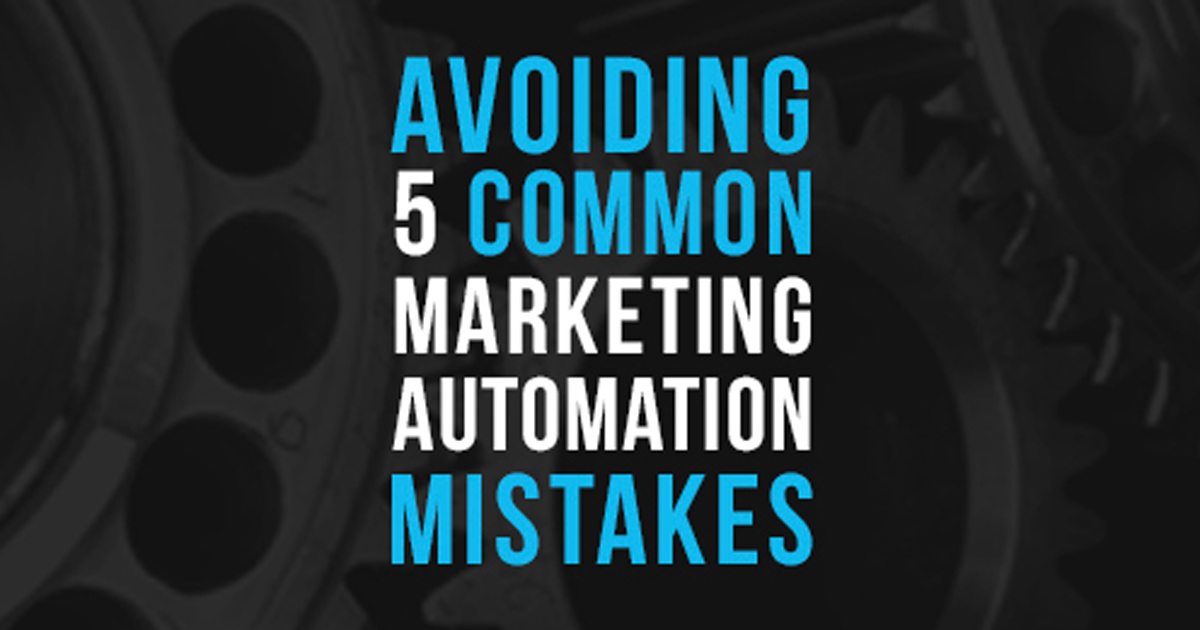
It can also store extremely granular records of users’ interactions with your brand … which isn’t always a good thing.
Every company worth its salt has some kind of system of record in place. This is where critical customer data – from contacts to contracts – is stored. In the old days, this was probably a filing cabinet, or a folder on a computer desktop. Today, this data is usually housed in customer relationship management software – a “CRM.”
There are tons of CRMs out there, of varying qualities and complexities. You’ve heard of Salesforce – that’s the big one. Then there’s SugarCRM, Zoho, Microsoft Dynamics, Pipedrive, NetSuite, Oracle … and probably 100 more. They’re all different, but they do all have one thing in common: They are not marketing automation platforms.
The handoff between marketing automation and the CRM is like the old line between marketing and sales. Marketing automation – HubSpot, Marketo, Pardot, etc. – is used to get folks in the door, get them acquainted with your offerings and qualify them on fit and price. CRMs are best used to manage the sales process and store existing and past customer data. Records of a single individual or company can exist simultaneously in both systems (in fact, they often do), but they ultimately do different things.
And that’s exactly the problem I mentioned a few paragraphs ago.
It’s really easy to start using a new marketing automation platform. It’s hard to do it right, but simply adopting one – “Hey, we have a HubSpot account now!” – takes a few minutes, max. You could sign up for half a dozen free trials in the time it takes you to read this blog post. You could have the tracking code on your website in a few minutes. (Note: Claim is IT-dependent.) You could have a landing page or two stood up by tomorrow. You’d be generating real-live data on real-live prospects the whole time.
That data would build up in the marketing automation platform. It would give you a great view into individual and holistic prospect engagement with your messages. And it would do a 2015 DeMarco Murray’s worth good to anyone not using the marketing automation platform – which, let’s be honest, is usually everyone not in marketing.
But that’s not the worst-case scenario. When multiple sets of data on similar topics are scattered across multiple systems, it’s pretty easy for your Murray to become a Chip Kelly. Individuals can receive contradictory messages. Contact information can become a nightmare. A database that’s been lovingly curated for years can be neglected in favor of the shiny new object. In a few months, you’re left with multiple lists, with partial information in one system, partial information in another, and inconsistent data fields. Chaos reigns; you’re staring at a decade of 6-10 seasons before you luck into a half-decent quarterback in the third.
Scattered data is bad. A “single source of truth” is good. For most organizations, that’s going to be your CRM – it’s used across the enterprise, and it’s where you want prospect data to end up, anyway. That means it’s critical that your marketing automation platform and CRM integrate tightly. The marketing automation piece can certainly contain extra data – granular interactions with the website, email opens and clicks, etc. – but it needs to be extra. Everything common between the systems – names, email addresses, titles – needs to be synced, with regular data pushes and pulls performed automatically. The ideal is as close to a 1:1 relationship as possible, creating a common data set.
Here’s one example of what that could look like in practice:
(At this stage, sales will know the prospect exists, but will also know that they’re not yet a sales-ready “MQL,” or marketing-qualified lead.) More interactions take place …
While two data sets are technically at play in this example, the integration between the systems keeps them consistent and accurate. This gives different sets of individuals across the organization access to good data within the systems they use every day (CRM for sales and customer service, marketing automation for marketing). Data entry can take place in either system, but any changes are soon synced, keeping information quality high – and everyone happy.
Most of your day, you need to think like a marketer. That is your job,…
Sure, you could lock yourself in a conference room and brainstorm campaign ideas on a…
For B2B organizations, marketing automation serves as a game-changing strategy for streamlining processes, enhancing efficiency,…
As businesses strive to deliver compelling content and meaningful engagement, they are continuously exploring new…
In the world of B2B content marketing, the ability to tell compelling stories can be…
Once you’ve made the monumental decision to rebrand, it’s easy to get energized about the…